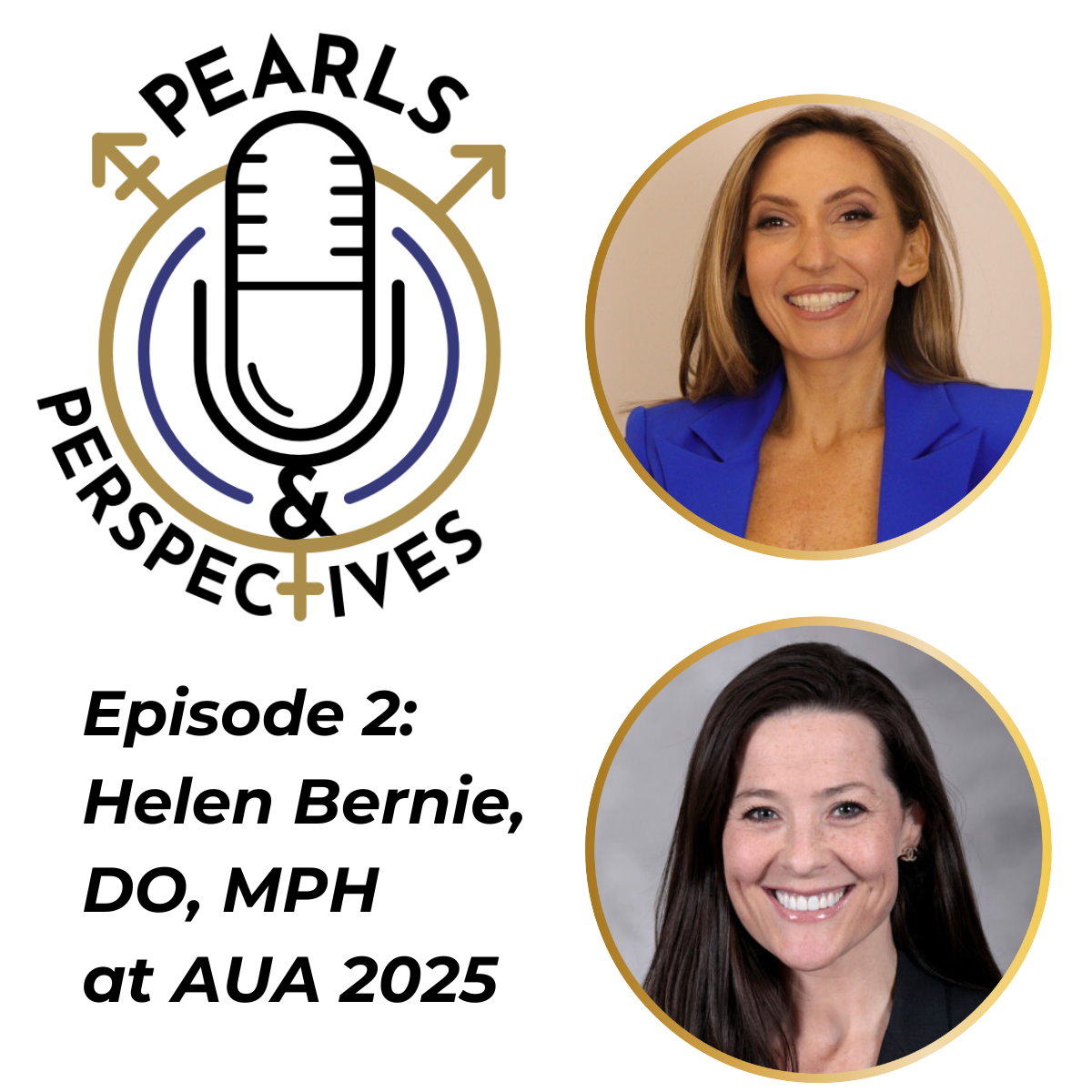News
Article
Phase 1B trial to evaluate relugolix and enzalutamide in high-risk prostate cancer
Author(s):
"Going forward after this study, we hope to be able to expand and potentially look at patients undergoing either surgery or radiation therapy, and really try to determine the potential benefit," says Kelly L. Stratton, MD, FACS.
Kelly L. Stratton, MD, FACS

In this interview, Kelly L. Stratton, MD, FACS, discusses phase 1B trial evaluating relugolix (Orgovyx) and enzalutamide (Xtandi) for high-risk prostate cancer. Stratton is an assistant professor of urologic oncology at the University of Oklahoma, Oklahoma City.
Please provide an overview of this study.
This is a study of relugolix and enzalutamide in patients with locally advanced prostate cancer. These are high-risk patients who have high-grade cancer. Some of them may have pelvic lymph node disease, and we're looking at combined hormonal therapy, before radiation or surgery, and then also additional treatment after, again, either radiation or surgery. The rationale is that these patients are at very high risk for recurrence and the development of metastatic disease. We understand the activity of combined hormonal therapy, and our hope is that by adding combined hormonal therapy, both before and after local treatment, we can improve our outcomes for these patients. Unique to this study is that we'll be using Orgovyx, which is an oral drug that is a testosterone-reducing drug, an LHRH antagonist. That medicine works to lower the testosterone and different than what we typically use—leuprolide—it may have some potential benefits from the perspective that it may have less cardiac risks, it also works faster, and when you're done taking it, it stops working faster as well, so it doesn't linger as long as leuprolide would. Patients will receive 2 years of combined hormonal therapy in this study, and we'll be looking at the pathologic complete response rate in patients undergoing surgery, minimal disease rate in patients undergoing surgery, and then also objective response rate and patients either undergoing surgery or radiation.
Patients will receive 6 months of combined hormonal therapy; again, that's with relugolix and enzalutamide. And then depending upon whether they would prefer surgery or radiation to undergo local treatment, patients have the option of selecting either radiotherapy or surgery. And then for 18 months after that, they'll continue with combined hormonal therapy. The total duration of hormonal therapy will be 2 years. And that really is important because we see that there's a benefit to combined hormonal therapy. For instance, in the STAMPEDE trial, patients underwent 2 years of combined treatment, those that were not metastatic but high risk, and it appeared that in that study, androgen deprivation therapy with abiraterone was beneficial. We're also awaiting some additional studies to report, and so we feel like it's important to be prepared for those studies. For instance, the PROTEUS study looked at combined hormonal therapy and surgery. In that protocol, patients received 1 year of combined treatment with ADT plus an anti-androgen drug, and they underwent surgery at 6 months and then continued on for another 6 months. So this study really bridges the gap between STAMPEDE and PROTEUS and provides the opportunity for patients to get either surgery or radiation therapy.
This is a phase 1B study with no control arm. How will you compare the effectiveness of this regimen with standard treatment options? Are there plans for future comparative studies based on the results of this trial?
The primary aim is looking at the dose-limiting toxicity of this drug combination. We want to make sure that this is safe and effective. We have every reason to believe that this is going to be a highly effective combination. But we want to look at that specifically in this group of patients, because we do have good treatments for these patients. So before we change our practice, we want to evaluate that to ensure that patients are able to tolerate it and we feel like this is a beneficial drug combination. But going forward after this study, we hope to be able to expand and potentially look at patients undergoing either surgery or radiation therapy, and really try to determine the potential benefit. I think, with these studies already showing some signal for activity that if this is a positive study, it will just add to that body of work that shows that combined anti-androgen treatment is helpful in patients who are high risk and at risk for metastatic disease in the future.
What else would you like to add about this study?
I think that really the fact that this is completely an oral treatment, it makes it very easy for patients to manage and be involved with so they don't have to come and get shots. There are no infusions. Patients, I think, really benefit from that and are happy with that potential combination. And this study is supported by funding through the NCCN, and so that's a very important element for us. It's made it possible for us to open the study.
This transcription was edited for clarity.
Newsletter
Stay current with the latest urology news and practice-changing insights — sign up now for the essential updates every urologist needs.

















